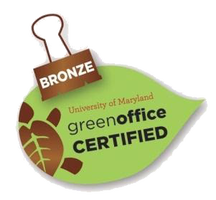|
Dr. Sara Via's webinar series, "Climate & Biodiversity Action", has begun! Next talk, "Regenerating our soil," is Wednesday, June 19, 2024, 4-5:30 pm. Tune in to find out what healthy soil is and how we can get it back.
Can't wait till June for expert advice on climate change?! Want to do something now but not sure what? Check out webisodes on her youtube page, Sara Via: Climate Change Impacts & Solutions
Registration open for The American Association for the Advancement of Science’s Charles Valentine Riley memorial lecture held Nov 30, 2022. Dr. Douglas Landis Michigan State University will present "Designing Pest Suppressive Agricultural Landscapes for a Changing World. '' Followed by panel discussion led by noted researchers, including ours truly, Dr. Megan Fritz, Asst Prof, University of Maryland. Register for the event: https://www.aaas.org/riley-lecture
Share on twitter and facebook
Written by Todd Waters, Agricultural Technician Supervisor
On Saturday April 24 the Entomology Department joined AGNR and UME to participate in UMD Day at the Maryland State Fair. Our Insect Zoo guru, Todd Waters, organized a group of wonderful volunteers to run the tables and Dr. Michael Raupp carried a forward detachment of chitinous friends for an early morning interview on Fox45 Baltimore to advertise the event. We were provided tables in the 4-H and Home Arts Building and arrived before noon with a car full of terraria and arthropods. Before we could even set the first enclosure on the table, we were surrounded by a swarm of curious onlookers squirming in shock and fluttering with excitement. They were but moths, and our exhibit the finest lamp. Dr. Leslie Pick, covered in stick bugs, and Dr. Raupp, with a large tarantula in his hands, flourishingly convinced terrified spectators to hold Malaysian Giant Leaf Bugs, and our illustrious Chilean Rose Hair Tarantula “Rosie,” all of them becoming instant fans. Publications
Cato A, ^ Afful E, Nayak MK and Phillips TW. Evaluation of Knockdown Bioassay Methods to Assess Phosphine Resistance in the Red Flour Beetle, Tribolium castaneum (Herbst) (Coleoptera: Tenebrionidae). Insects. 2019. https://dx.doi.org/10.3390%2Finsects10050140 Dively GP, Huang F, Oyediran I, Burd T and Morsello S. Evaluation of gene flow in structured and seed blend refuge systems of non-Bt and Bt corn. Journal of Pest Science. 2019. https://link.springer.com/article/10.1007/s10340-019-01126-4 Thompson BM, Bodart J and Gruner DS. Community resistance to an invasive forest insect–fungus mutualism. Ecosphere. 2019. DOI: https://doi.org/10.1002/ecs2.2609 ^Lewis MT, and Hamby K.A. Differential impacts of yeasts on feeding behavior and development in larval Drosophila suzukii (Diptera:Drosophilidae). Scientific Reports. 2019. (manuscript accepted) Serrano-Brañas CI, Espinosa-Chávez B and ^MacCracken SA. Teredolites trace fossils in log-grounds from the Cerro del Pueblo Formation (Upper Cretaceous) of the state of Coahuila, Mexico. Journal of South American Earth Sciences. 2019. https://doi.org/10.1016/j.jsames.2019.102316 Niu K, Xiang L, Jin Y…[& 10 others including Wang J]. Identification of LARK as a novel and conserved G-quadruplex binding protein in invertebrates and vertebrates. Nucleic Acids Research. 2019. DOI: DOI: https://doi.org/10.1093/nar/gkz484 Shen C, Zhang Y, Xia D, Wang J and Tang Q. Sensilla on the Antennal Funiculus of the Maize Weevil, Sitophilus zeamais (Motschulsky) (Coleoptera: Curculionidae): A Morphological Investigation. The Coleopterists Bulletin. 2019. DOI: https://doi.org/10.1649/0010-065X-73.2.443 Talks and Presentations ^Abell KJ, ^Andrade RB, Duan JJ, Gruner DS and Shrewsbury PM. “Do treated ash trees confer a protective ‘silhouette’ from emerald ash borer for neighboring trees? Joint meeting of IUFRO Working Parties: Population dynamics and integrated management of forest insects, Quebec City, Canada. 2019. Gruner DS, Rankin EEW, Knowlton JL, Flaspohler DJ, Giardina CP, and Fukami T. “Does forest fragment size mediate the impacts of introduced rodent predators? Foraging behavior of Hawaiian birds and their arthropod resources.” 56th Annual Meeting of the Association for Tropical Biology and Conservation, Antananarivo, Madagascar.2019. ^Jayd K, R MacKenzie, M Apwong and DS Gruner. “Mangrove herbivory across a salinity gradient.” Annual Meeting of the Entomological Society of America, St. Louis, MO.2019. Pick L. "What is RNA interference, and how will it affect the future of food?" Tech Talk. USDA, Washington DC. 2019 ^Tielens EK and Gruner DS. "Insect communities across a space for time chronosequence converge over time: analyzing patterns and drivers of beta-diversity on Hawai‘i." Annual Meeting of the Ecological Society of America, Louisville, KY.2019. Bold ENTM Faculty; ^ENTM current/former graduate student or post-doc; *ENTM research staff  Graphic Credit: Annapolis Green Graphic Credit: Annapolis Green How is climate change affecting our food supply? What policies and practices can mitigate the impact? Professor Sara Via is among the expert speakers addressing these questions at the upcoming Climate Change & You series, Tuesday, July 16th at the Smithsonian Environmental Research Center. Join the discussion. https://annapolisgreen.com/event/climate-change-our-food-supply-followed-by-green-drinks/?fbclid=IwAR3RoMbTWhc4zm15E_3i2SzNVmBV636wLCAO8dJUA787nR21aoyQSZ10q6w  Dr. Karen Rane, Director of the Plant Diagnostic Laboratory, scheduled to talk ornamentals in the Ornamental Disease webinar series organized by Greenhouse Canada. Follow link for more details about the series including registration https://www.greenhousecanada.com/news/ornamental-disease-webinar-series-launches-32833 "Dr. Arnaud Martin details his research adapting the CRISPR-Cas9 gene editing system to crustaceans and butterflies, providing further evidence that supports previous findings surrounding the use of genetic tool kits found in all animals."
Aliens are invading the forests of the United States! Not the green, bug-eyed aliens from outer space; no we are talking about the, well… green, bug-eyed aliens from Earth. With the globalization of trade, insect introductions leading to invasive pest problems have steadily increased over the last few centuries, causing massive economic and environmental devastation in the systems where these pests permeate. These invaders are especially difficult to manage when they are pests of our native North American forest trees due to the large spatial scale associated with them, making pesticide applications impractical.
having a warmer climate than Connecticut, created an asynchronous relationship between the host (EHS) and the parasitoid (E. citrina) in Connecticut. This means that the scale and parasitoid are developing at different times of year, preventing the wasp from being able to effectively attack the scale in its introduced range. With the colder climate of Connecticut, it was hypothesized that the EHS scales developed more slowly. Wasps, as a result, would have fewer suitable 2nd instar hosts to parasitize. Dr. Abell tested this by observing scale abundance and parasitism by E. citrina at three distinct latitudes in the U.S. (Connecticut [“coldest”], Pennsylvania, North Carolina [“warmest”]), hypothesizing that he would find more parasitoid-host synchrony as he moved further south where warmer temperatures would allow for multiple generations of scales. Ultimately, Dr. Abell did not observe any increase in synchrony between EHS and E. citrina at any of his three field sites. Instead he found continuous reproduction of EHS, and all life stages were present throughout the year. This led Dr. Abell to Japan to better understand how EHS behaves in its native range. While surveying hemlock scales and their associated parasitoids, Dr. Abell found 11 new species attacking EHS in Japan, some of which may have potential as classical biological control agents.
a wasp that is less than 1mm in length that attacks EAB eggs. Research done by Duan et al. in 2013 indicated that T. planipennisi was effectively established in Michigan and is a strong disperser. However, they observed that there was no parasitism of EAB in larger trees. In a study done by Dr. Abell, it was determined that the bark thickness was preventing this small wasp from attacking the EAB larvae. The ovipositor (egg-laying mechanism) of T. planipennisi is too short to reach the EAB larvae underneath the thick bark.
The bark was also placed in emergence chambers to collect any parasitoid wasps that emerged from the bark remnants that were missed in earlier screening. After two years of testing these methods, Dr. Abell concluded that the bark-sifting method was a more effective way to measure the rate of O. agrili egg parasitism in the field because significantly more parasitoids were recovered with this method. Invasive insects continue to attack our forests today, therefore it is very important to continue to understand and utilize biological control methods to preserve our forests. Dr. Abell continues his work on EAB biological control in the Shrewsbury lab here at the University of Maryland where he is evaluating other introduced and native parasitoids and additionally an integrated approach that combines pesticides with classical biological control methods.
About the Authors: Olivia Bernauer is a second year Master’s student in Dennis vanEngelsdorp’s bee lab working to better understand the floral preferences of Maryland’s wild, native pollinators. Jackie Hoban is a second year Master’s student working on emerald ash borer biological control in Paula Shrewsbury’s lab.  Graduate student, Jonathan Wang, advised by Dr. Raymond St. Leger received the 1st place presentation award at the Society of Invertebrate Pathology 48th Annual Meeting held August 9-13, 2015 for his talk entitled " A Genome Wide Association Study of Resistance to Metarhizium anisopliae. Publications
Publications
Talks
Congratulations to Dave O'Brochta who was the Plenary Speaker at the Ninth Annual Arthropod Genomics Symposium, held last week in Manhattan Kansas.
The Evolution of Fungus Farming Ants, and How They Partnered with Microbes for Crop Protection 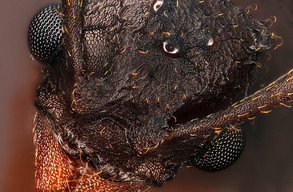 Fungus-farming ants stand as a testament to the overlooked marvels of the insect world, likely one of the reason’s why Dr. Jeffrey Sosa has dedicated the better part of his time as a researcher to elucidating the hidden intricacies of their biology. Having discovered over 30 species so far over the course of his career, few researchers can say with such confidence that we’ve only scratched the surface when it comes to understanding this enthralling tribe of insects. Agriculture as defined by Dr. Sosa, is the deliberate planting of the precursors of food products in substrate provided by the environment such as soil or mineral beds while also improving the growing conditions to maximize growth of the harvestable food product. Often associated with humans, there are actually at least 3 other organisms, all of which are insects, that exhibit this behavior. The most advanced example of insect farming are the fungus-farming ants, which are part of the tribe Attini and are restricted to the New World. Unlike humans, these diminutive farmers seem to have developed agriculture at one point in history: around the time mammals were establishing on the planet. Though Leaf-cutter ants are the most well-known of these insects, they only make-up about 20% of the described fungus-farming species.
How Spiderman got his Powers: A Look into Lateral Gene Transfer“Actually, Spiderman’s powers have nothing to do with radioactivity,” Dr. Julie Dunning Hotopp clarified to the roomful of entomologists. “It was the transfer of spider DNA into his genome.” While the ability to climb walls or shoot webs out your wrists (or worse) is pure science fiction, the transfer of DNA between two different species does actually occur. Dr. Dunning Hotopp explained that this process, known as lateral gene transfer (LGT), is quite widespread and the advent of genome sequencing (determining the chemical code that make an organism unique) in the last decade has greatly expanded our knowledge on the prevalence and role of foreign DNA in animals 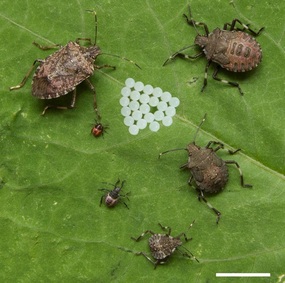 (The Brown Marmorated Stink Bug) (The Brown Marmorated Stink Bug) Demonstrating high LGT frequency in invertebrates, Dr. Dunning Hotopp’s team detected LGT from the bacterial endosymbionts Wolbachia in over 30% of sequenced arthropod genomes. Wolbachia is an intracellular bacterial parasite/mutualist with complex host interactions. While LGT from bacteria to animals often has no benefit to a host, in certain cases it can be advantageous. For example, the coffee berry borer, a major pest to coffee growers, and the brown marmorated stink bug both have a gene originally acquired from bacteria. The gene, HhMAN1, codes for the protein mannanse and enables insects to digest plant sugars. Mike Raupp, Professor of Entomology and known as the University of Maryland's "Bug Guy" joins Kojo to talk about the emerald ash borer and other insects of spring. Listen to him hear.
Mitigation of N2O emissions using conservation tillage in vegetable fields transitioning to organic productions |
Categories
All
Archives
June 2024
|
Department of Entomology
University of Maryland
4112 Plant Sciences Building
College Park, MD 20742-4454
USA
Telephone: 301.405.3911
Fax: 301.314.9290
University of Maryland
4112 Plant Sciences Building
College Park, MD 20742-4454
USA
Telephone: 301.405.3911
Fax: 301.314.9290


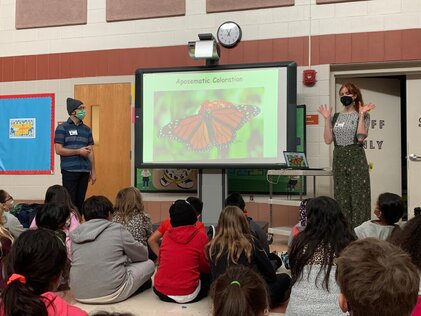
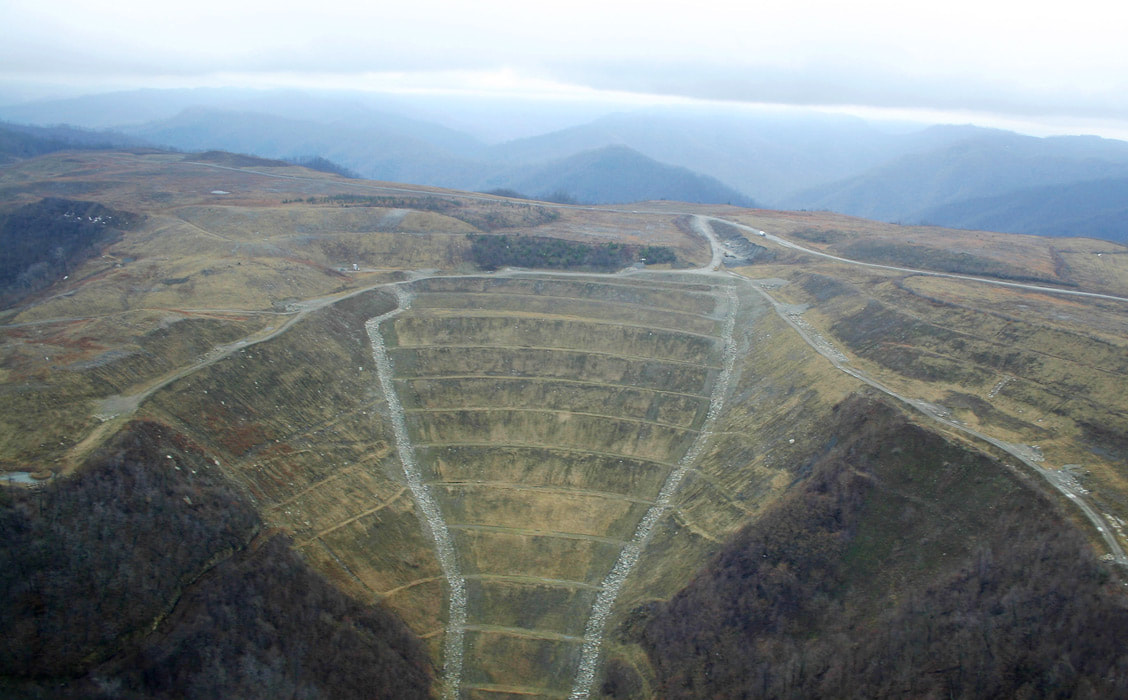
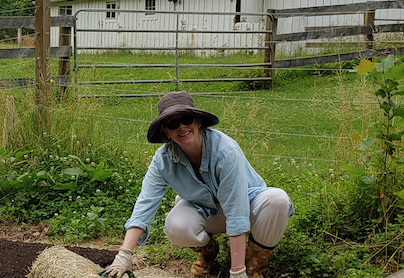
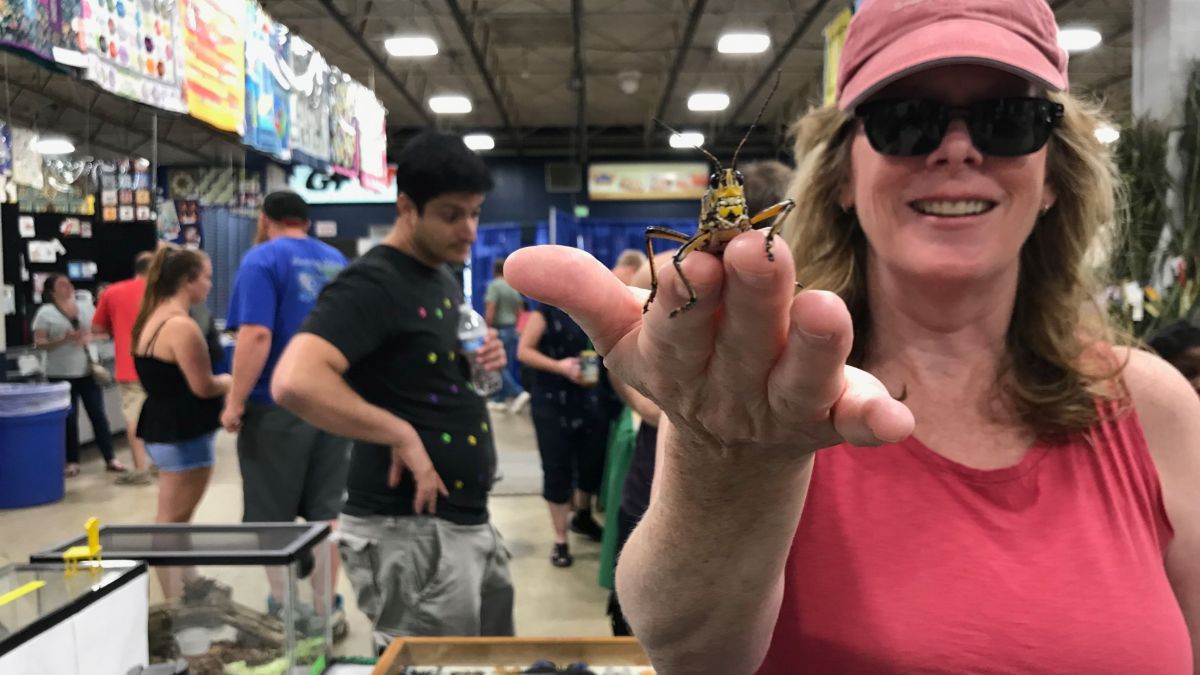
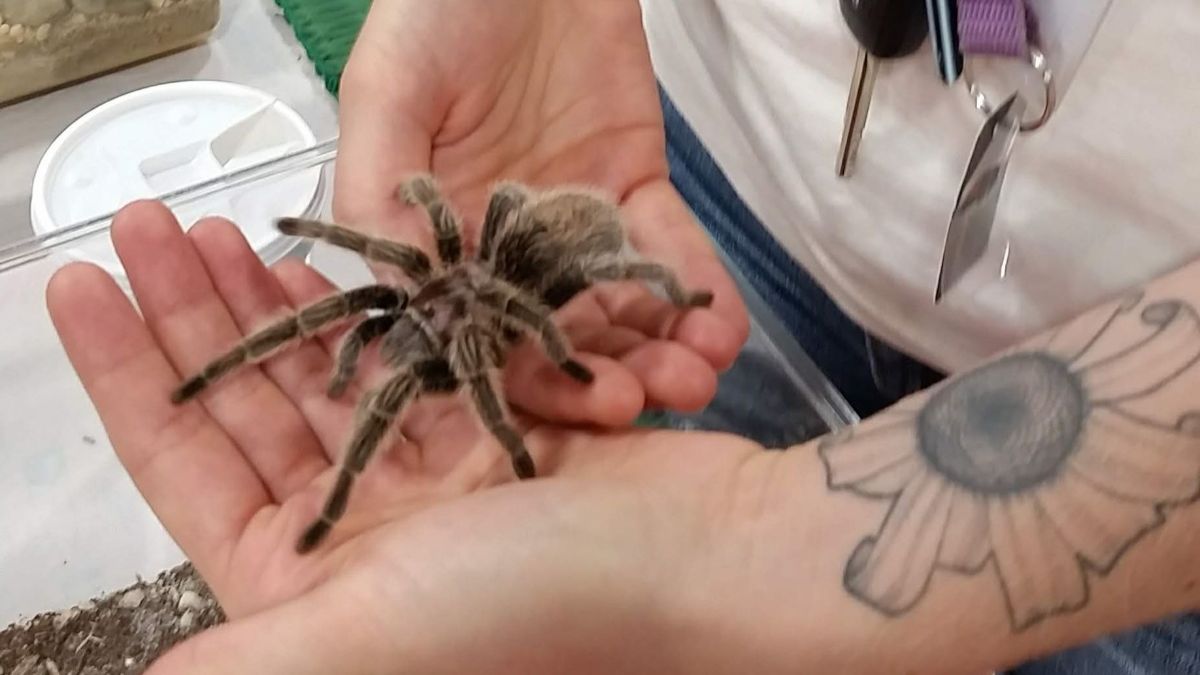
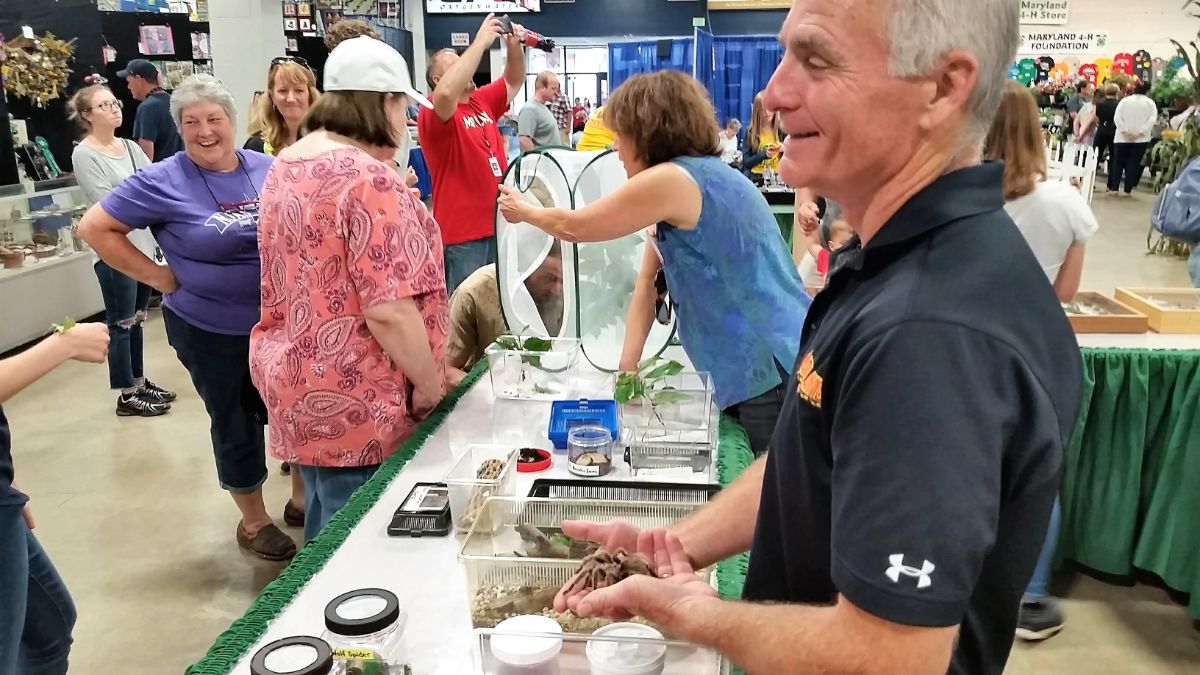
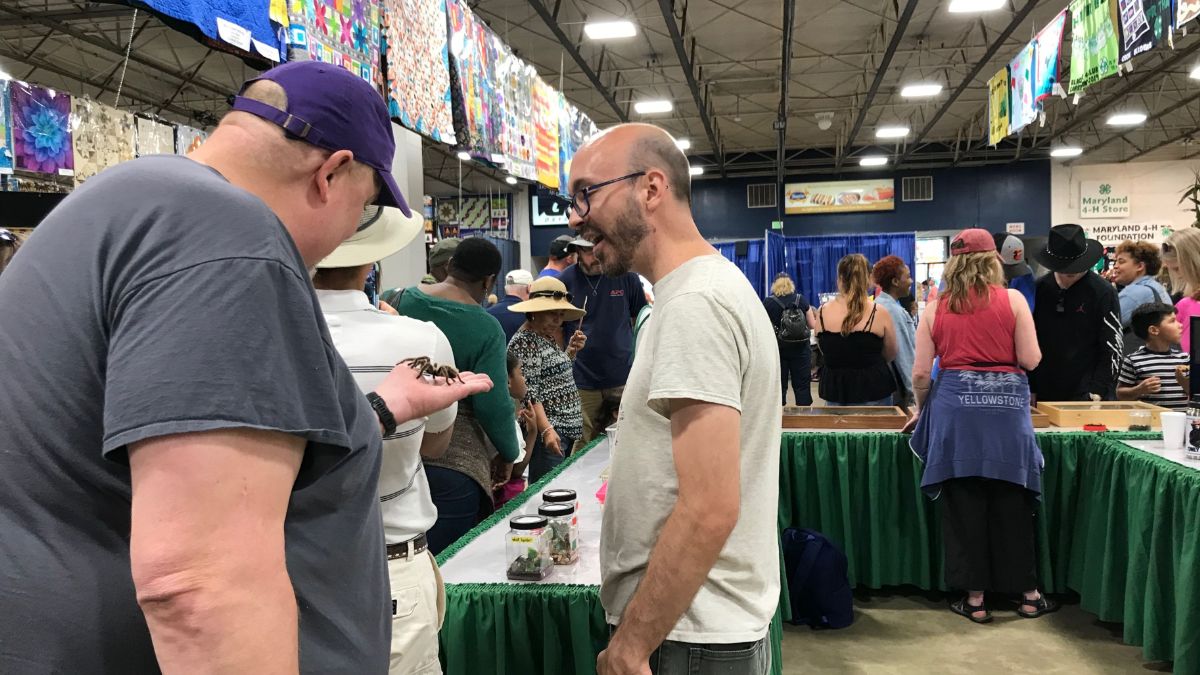
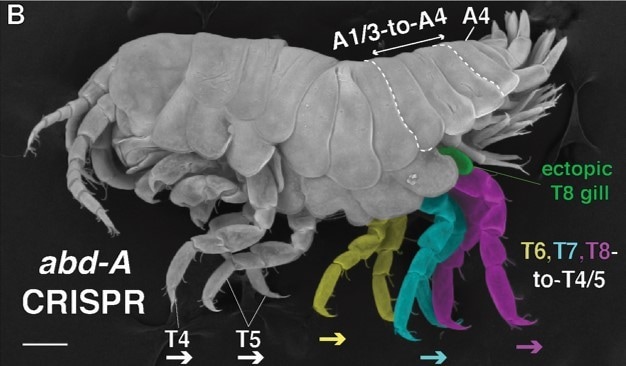

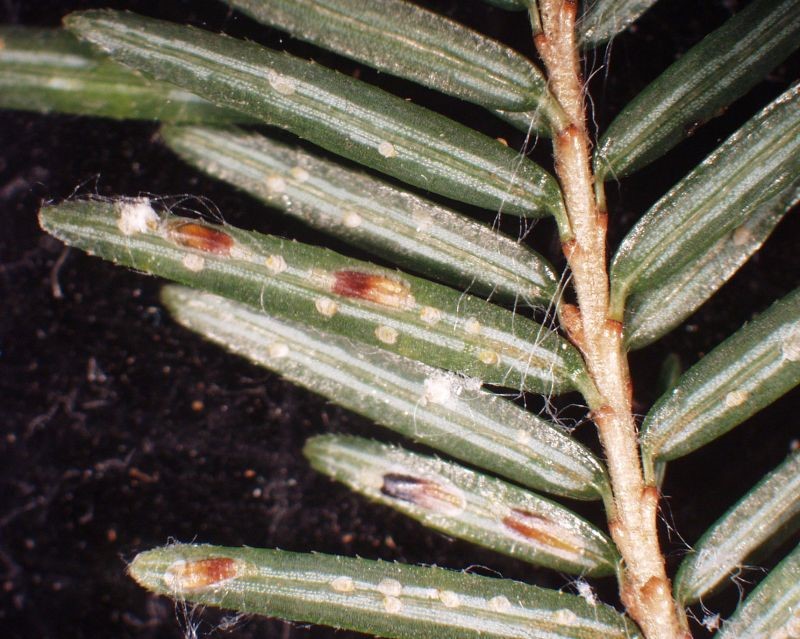
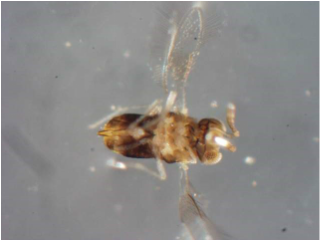
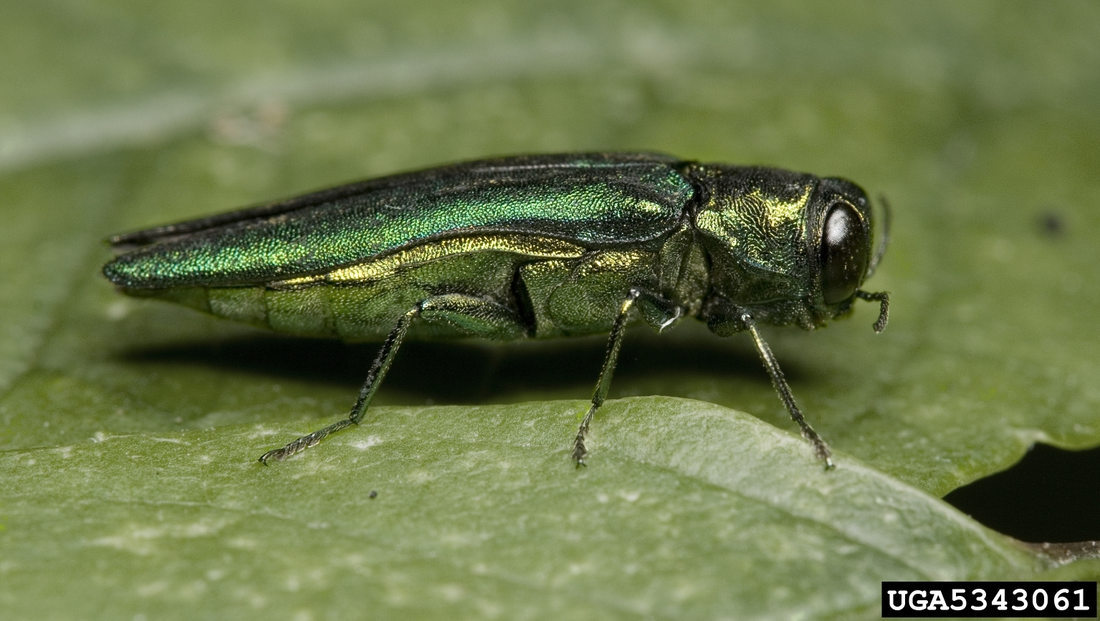
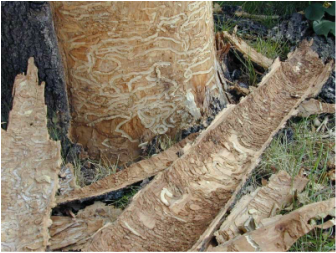
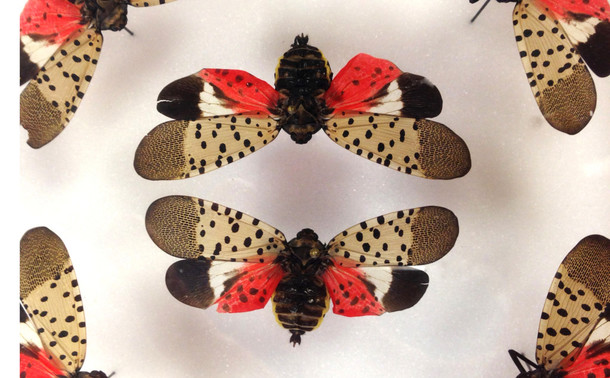
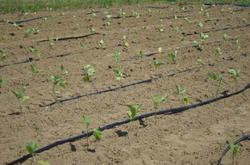
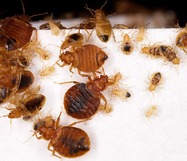
 RSS Feed
RSS Feed



